October 16, 2024 | 18:11 GMT +7
October 16, 2024 | 18:11 GMT +7
Hotline: 0913.378.918
October 16, 2024 | 18:11 GMT +7
Hotline: 0913.378.918
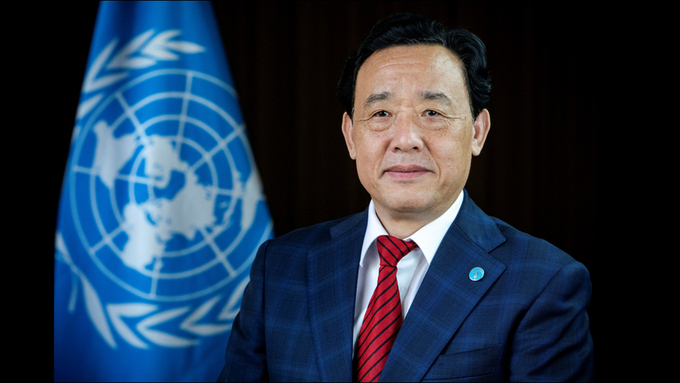
Dr Qu Dongyu, Director General of the Food and Agriculture Organisation of the United Nations.
This year the theme for World Food Day is “Right to Foods for a Better Life and a Better Future.” It’s a timely reminder that all people have the right to adequate foods.
But how do we get from a right to a reality? And why is it so important to think about not just having sufficient food, but also the diversity of diets? That’s why I speak of “Foods” in the plural, emphasizing this diversity, as well as food availability, food accessibility and food affordability for all.
Right now, the world’s farmers produce more than enough food to feed the global population in terms of calories. Yet around 730 million people are facing hunger due to man-made and natural disasters, including conflict, recurrent weather shocks, inequalities and economic downturns.
Another harsh reality is that over 2.8 billion people in the world are unable to afford a healthy diet, which is a leading cause of all forms of malnutrition. Simply put, almost one third the global population today is not getting the nutrients and micronutrients they need to thrive and, in some cases, survive. This means that the quality of life for roughly half the world is more urgently in need of improvement.
We need a greater diversity of nutritious and affordable foods to be available in our fields, fishing nets, markets and on our tables, for the benefit of all. This is not just about populations’ nutritional requirements, but also about ensuring that our agrifood systems are efficient, inclusive, resilient and sustainable, so that they can be respectful of traditional food cultures and healthy diets based on science and in line with personal preferences.
Another crucial consideration is the long-term health and sustainability of the environment on which we rely to produce these foods and which needs biodiversity to thrive. The right to foods will not in itself fill stomachs or put more diverse diets on plates. But it does help frame our collective aspirations for the kind of just and equitable world we want to live in. It creates concrete obligations for governments and key partners to fulfil, and it should encourage all of us to do our part to ensure it is realized.
This is the reason for action. Now.
At the Food and Agriculture Organization of the United Nations (FAO) we are working hard to turn this right into a reality, even in the face of a range of challenges. In conflict zones, access to foods is being disrupted, leading to malnutrition and hunger. In these and other hunger hotspots, FAO’s efforts are focused on rebuilding agricultural infrastructure to ensure food availability and accessibility for long-term food security, with all tools and channels.
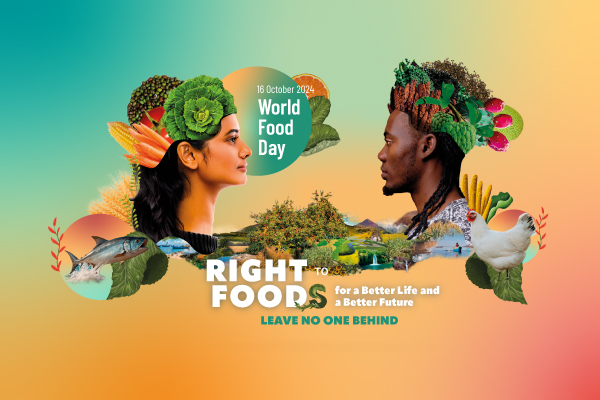
World Food Day global ceremony happening on 16 October at FAO headquarters. This year's theme, "Right to ‘foods’ for a better life and a better future," will build on hundreds of events and outreach activities worldwide that call for action throughout the month of October.
Aside from such emergency interventions, key FAO programmes such as the Hand in Hand initiative, One Country One Priority Product, Blue Economy and Technical Cooperation Programmes (TCPs) also target medium to long term food security and nutrition across a wide range of countries.
In many places, dietary changes and market concentration driven by globalization have led to increased health issues, including obesity and diabetes. School feeding programmes supported by FAO play an important role in helping address these challenges, as they source food from local farmers and ensure children receive nutritious meals.
In many countries, across all regions, FAO is working with fishing communities and local governments to expand social protection and economic inclusion of the most vulnerable by helping them diversify their production, build alternative income sources and connect to new markets.
Inflation, particularly during periods of economic instability, can make food unaffordable. In some African countries for example FAO's initiatives include cash transfers to the poorest households, helping them afford food during hyperinflation.
The climate crisis poses a significant threat to global food security. Erratic weather patterns and natural disasters can devastate crops and livestock. For example, in some countries in Asia FAO has introduced climate-smart agriculture techniques to help farmers adapt to changing climatic conditions, ensuring consistent food production.
Furthermore, by working closely with governments, FAO helps develop legal frameworks and has assisted in drafting national policies towards ensuring food security and nutrition for all.
But it’s not just governments which we call upon to engage in this battle. Collective action can drive substantial change, with global collaboration from all sectors, and all partners - governments, the private sector, academia, civil society, and individuals.
And especially the youth – because a food secure future is their right. They design and decide the future. All calls from the UN Summit of the Future are determined by their actions.
Farmers can make a difference by practising sustainable agriculture that enhances biodiversity and manages natural resources responsibly. Businesses can make nutritious and diverse foods available more affordably. Academia and civil society can hold governments accountable by collecting data, identifying areas for improvement, implementing scientech solutions and measuring progress towards targets.
Science and innovation including IT, Biotechnology, AI and Digital Agriculture, and others, will be a decisive force for agrifood systems transformation.
Finally, all of us as consumers can and should play our role in reducing the “foodprint”, practicing healthy lifestyles, raising our voices to influence decision-making, reducing food waste, and promoting food diversity. This World Food Day let us renew our commitment to build more efficient, more inclusive, more resilient and more sustainable agrifood systems that honour everyone’s right to varied and nutritious foods.
Together, we can get back on track to achieving the 2030 Agenda for Sustainable Development - our collective pledge to take action for people, planet, and prosperity. We can accomplish this by transforming global agrifood systems to ensure the Four Betters: better production, better nutrition, a better environment and a better life - leaving no one behind.
Our Actions are our Future.
Director General of the Food and Agriculture Organization of the United Nations
/2024/10/16/2923-2-162634_631.jpg)
(VAN) Timely implementation of solutions to prevent and control dangerous diseases in freshwater aquatic animals helps the aquaculture industry create sustainable economic efficiency.
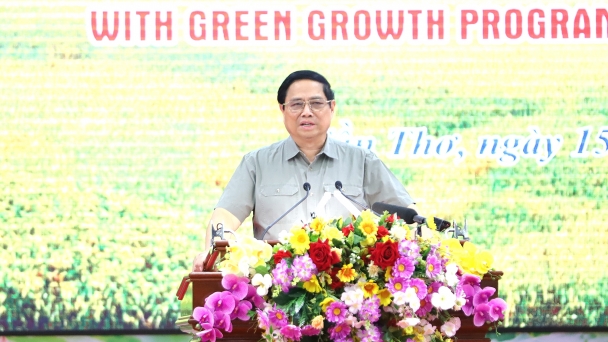
(VAN) Prime Minister Pham Minh Chinh urged MARD and 12 participating provinces and cities to accelerate and make breakthroughs in effectively implementing the 1 Million hectares of high-quality rice project in the coming time.
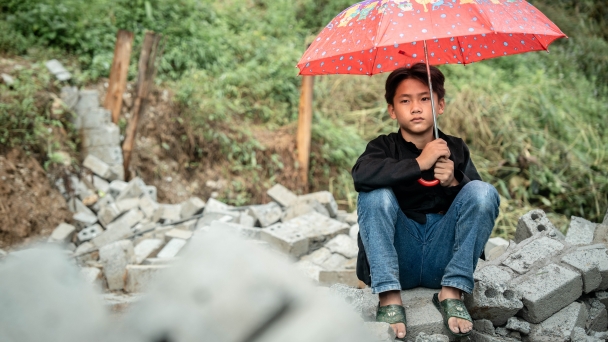
(VAN) Vietnam is ready to share the lessons learned from major natural disasters to help countries in the region effectively respond to similar disasters.
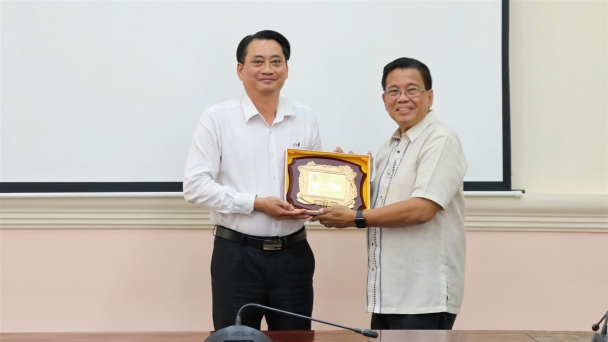
(VAN) Tra Vinh province and Iloilo province of the Philippines agreed to collaborate in agriculture, education - training, culture, and tourism.
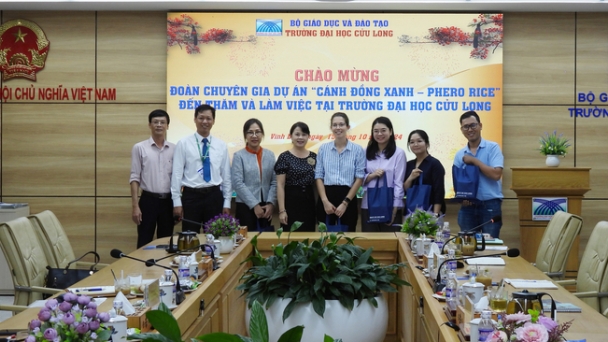
(VAN) The project aims to introduce rice pest and disease control solutions, train farmers, organize field trips to pilot models, and share materials with schools.
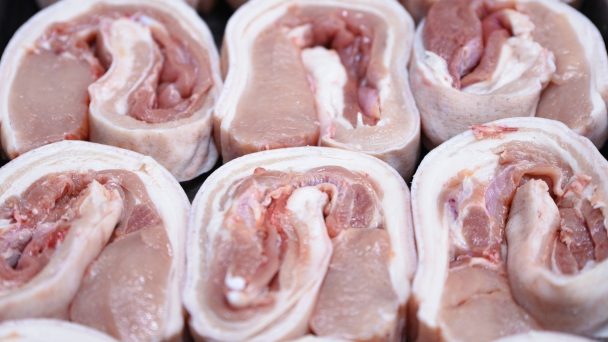
(VAN) The activities of the Food Safety Working Group (FSWG) have contributed to reducing the level of microbial contamination (Salmonella, TBC) at pork shops.